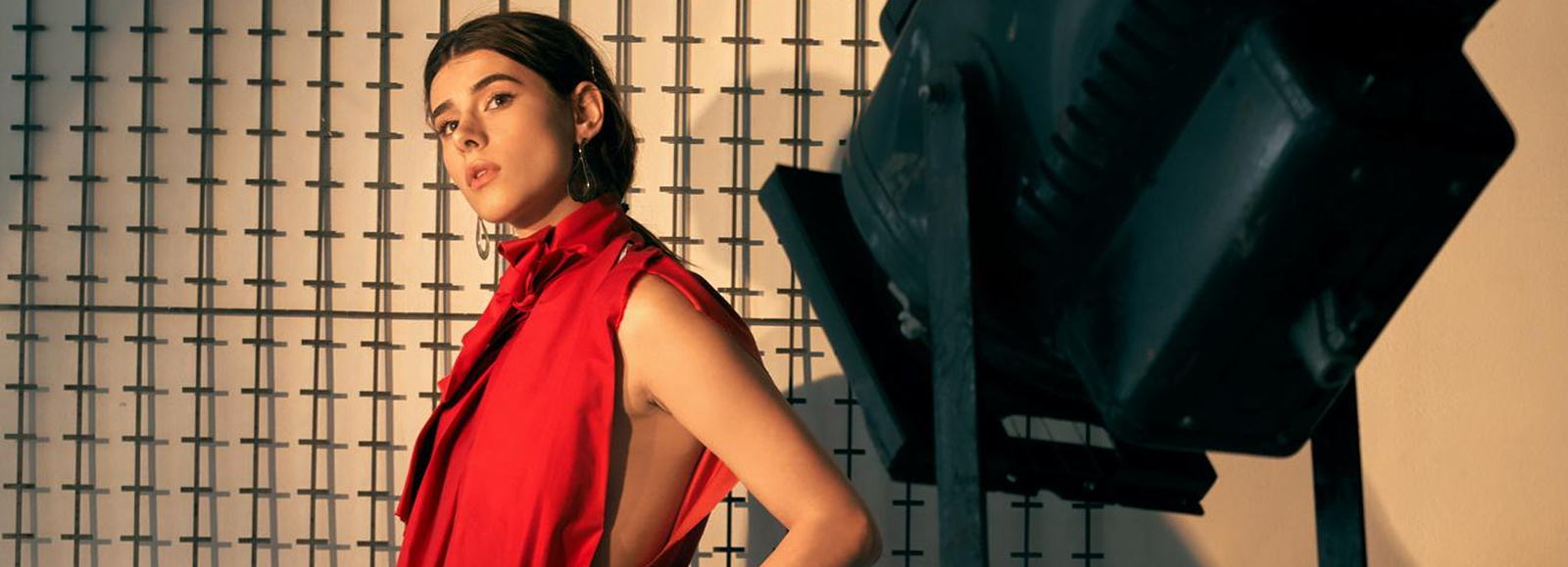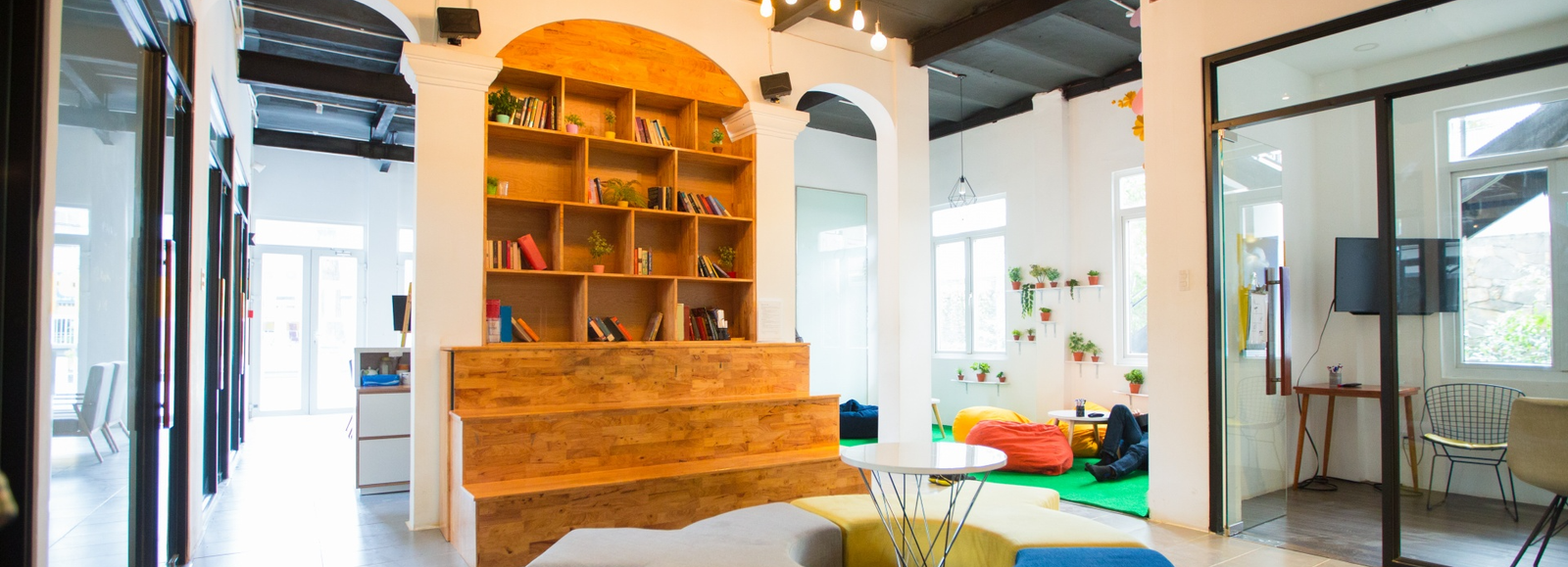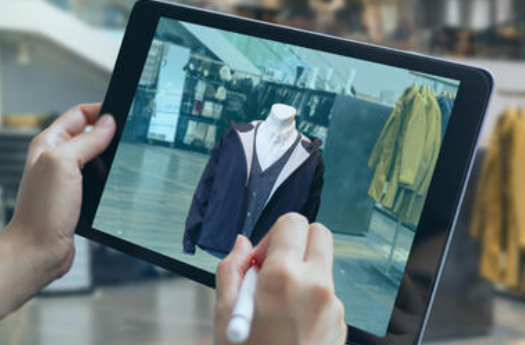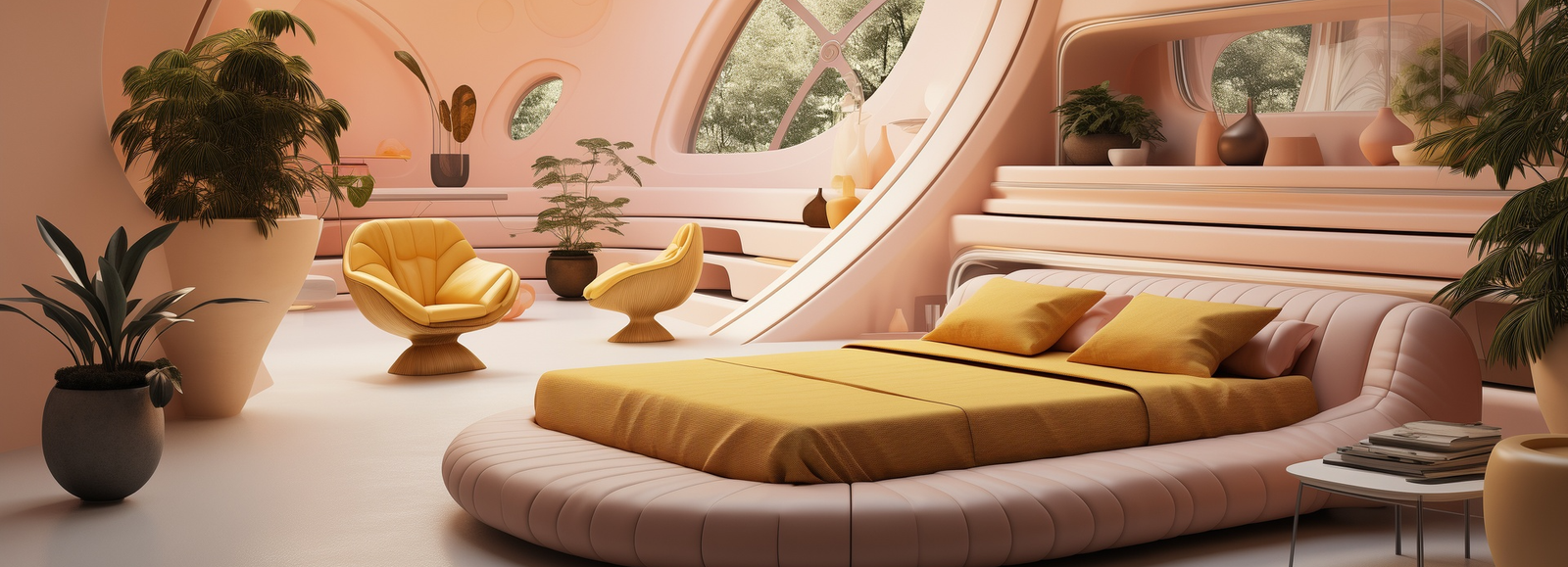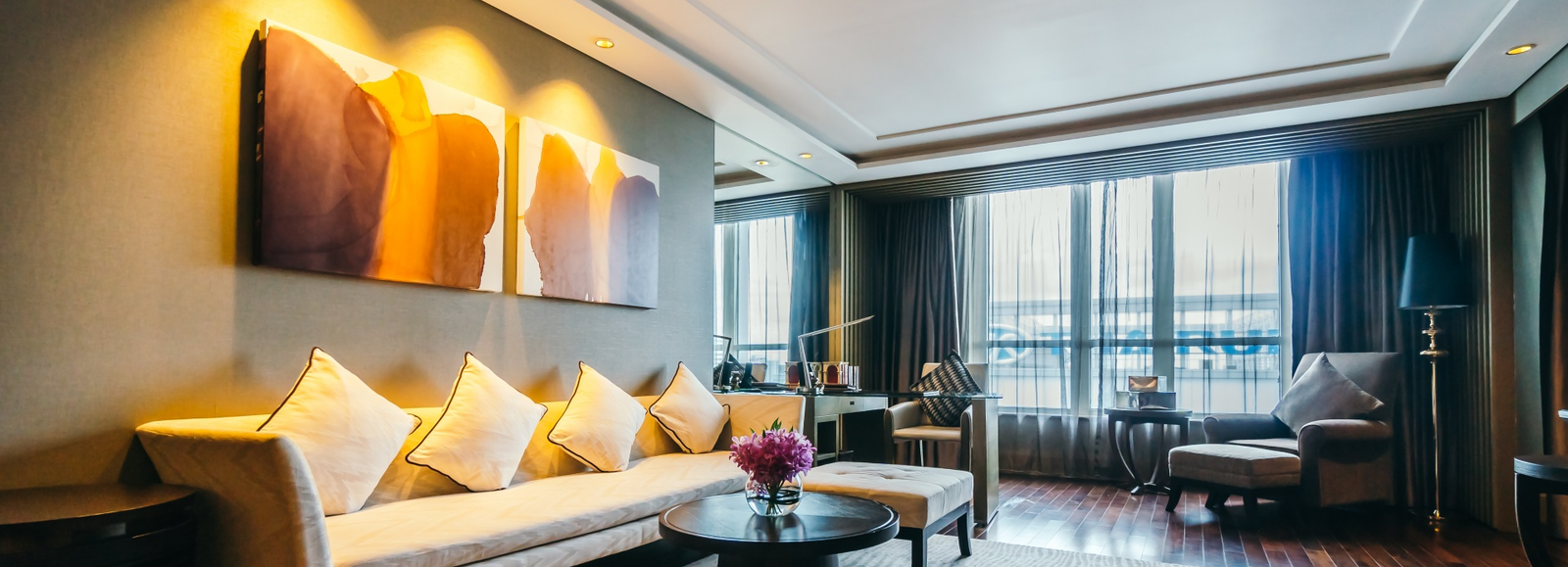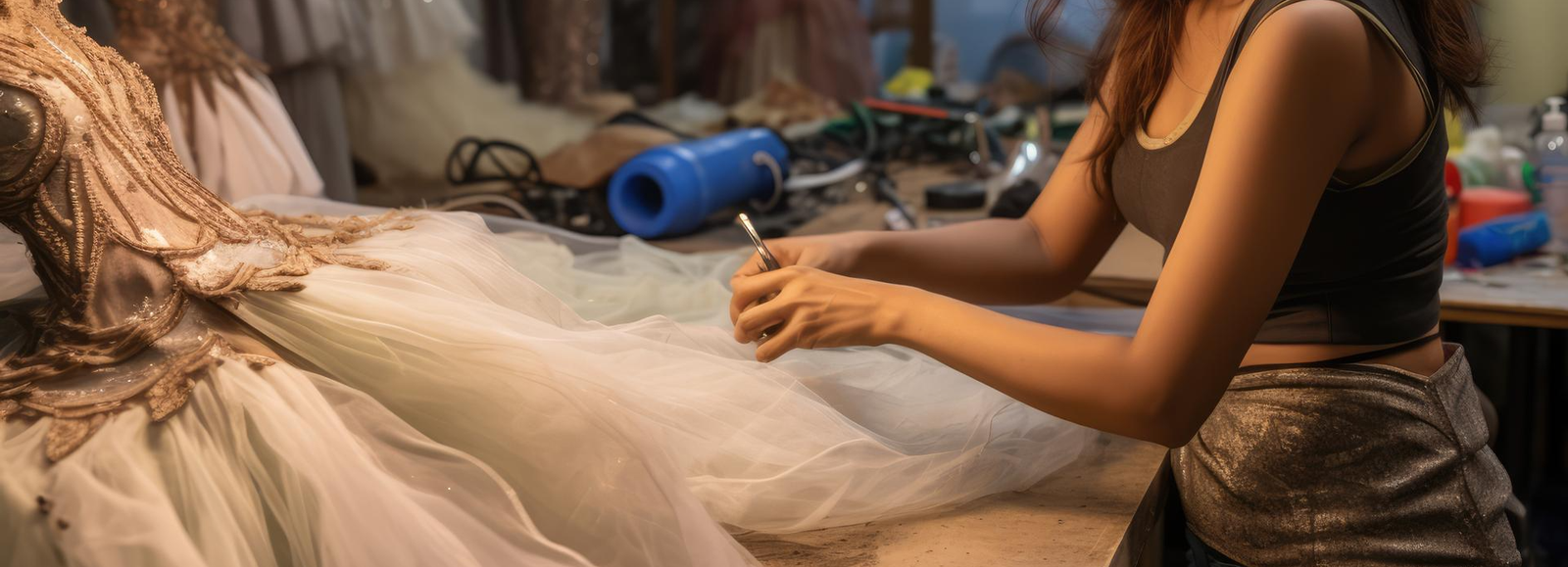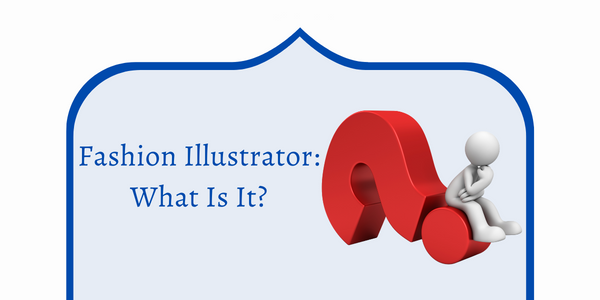
What is Fashion Illustration?
Fashion illustration is the cornerstone of fashion design, turning creative ideas into visual masterpieces. Through detailed sketches and drawings, fashion illustration allows designers to communicate their concepts effectively, highlighting elements such as fabric flow, garment cuts, and intricate pleats. This essential skill plays a pivotal role in the design process, as fashion sketches bring clarity to creative concepts and guide the garment creation journey. Each designer’s illustration style becomes a signature that makes their designs recognizable. Understanding the value of fashion illustration is crucial for aspiring designers aiming to transform their visions into wearable art. Fashion sketching and illustration are key steps in bringing any fashion concept to life, making them indispensable in the journey from concept to runway.
Who is a Fashion Illustrator?

A fashion illustrator draws clothing or accessories, like handbags or shoes, on their own or on a figure. In addition to digital compositions, some also use traditional media, such as pencils, pens, watercolors, and markers.
Nonetheless, fashion art illustrations vary based on your own interests and skills, even within that definition. Among the career options in fashion illustration are:
- A live sketch at a fashion show or other event
- Creating sketches based on creative briefs for commercial clients
- The creation of fashion illustrations for packaging, advertising, or marketing
- The process of translating the ideas and concepts of designers into fashion drawings
- A fashion magazine’s editorial illustration
- Selling fine art to galleries or publishing prints
What is the importance of Fashion Illustration?
There is an impact over fashion designers in context with this skill. Below are some reasons for this.
- Foundation of Design Process: Fashion design illustration, also known as fashion sketching, is the first crucial step in the design process. It allows designers to visualize and shape their ideas before they begin sewing, serving as the initial representation of their concepts.
- Enhances Creativity and Uniqueness: Illustrations help designers express their creativity, refine their ideas, and discover their unique style. This phase allows for the adjustment and correction of designs before they become physical products, contributing to the creation of innovative fashion trends.
- Boosts Marketing and Sales: Fashion illustrations play a significant role in attracting new customers by visually communicating a designer’s ideas. They make it easier to market products and help potential clients understand the design concepts, ultimately leading to increased sales.
How does a Fashion Illustrator work?
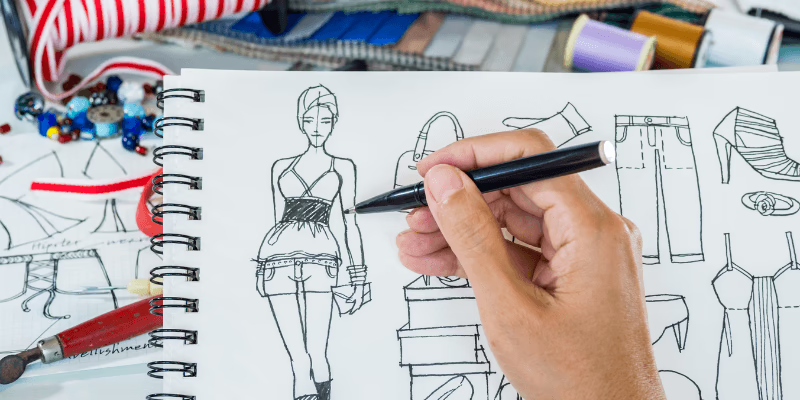
They express ideas and designs through their work. Fashion Illustrators perform many tasks. Here are some of them.
There are two main areas of a fashion design illustrator’s day: business and art. Each day differs according to their clients, work style, and current projects.
Sending emails, taking calls from clients, and seeking out new opportunities may be some of the things you do on the business side as a fashion illustrator.
Fashion Illustrators’ artistic side will involve studying photos, creating drawings, paintings, and digital fashion illustrations, and making revisions as needed.
Courses for Fashion Illustration
Degree or Diploma programs for fashion illustrators are available at the professional level as well as at the specialised level. The duration of PG diploma programs ranges between six and eight months and two years for PG programs.
Diploma Course/Program
During the Diploma in Fashion Illustration program, students will study apparel design and the creative skills required to create illustrations for fashion, including digital design techniques.
BDes Fashion Design
As part of the BDes Fashion Design program, students learn about the various cultures and values associated with the fashion world, as well as the latest styles and trends in the field.
MSc Fashion Design
The MSc Fashion Designing program teaches students about textiles, garments, fashion, apparel manufacturing, design and print, and the art of designing and printing.
How do You get started?
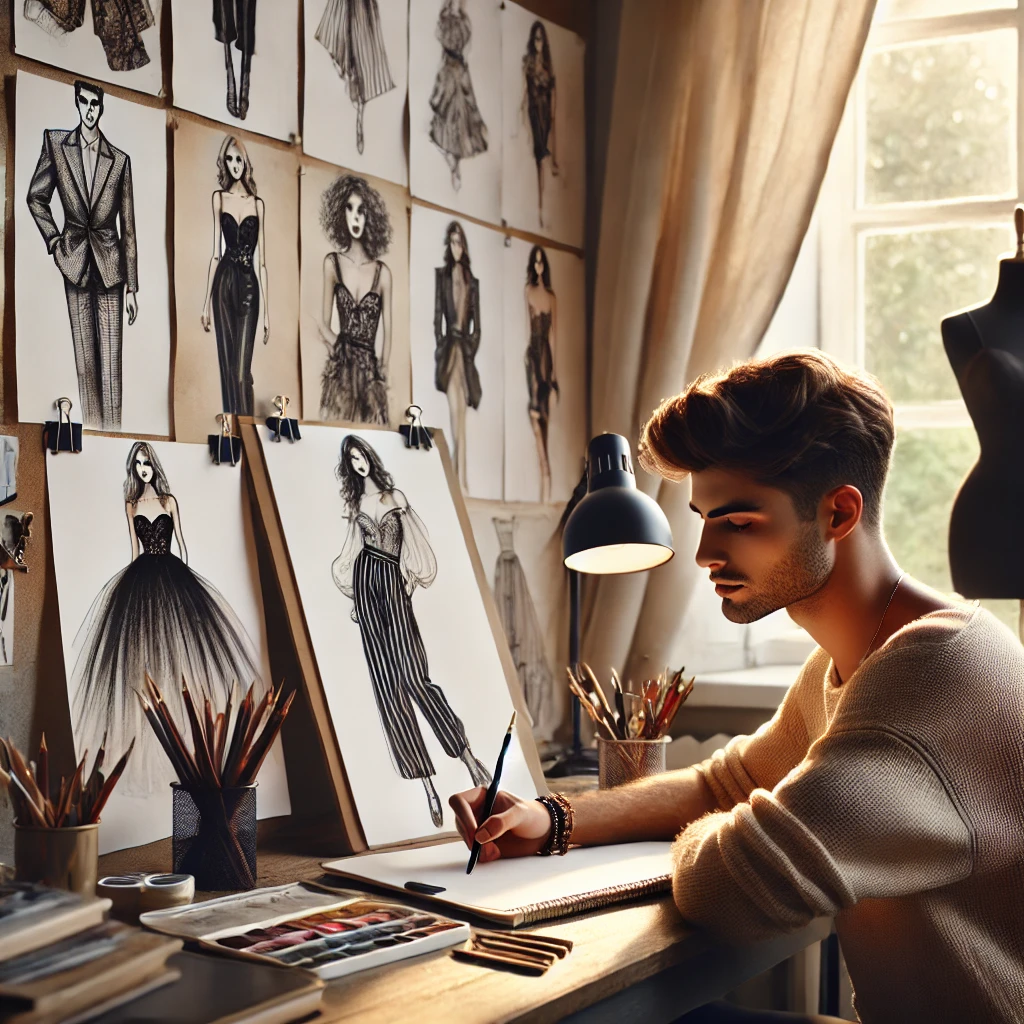
Here are some things you should know. The fashion illustration job does not require a specific degree. A general interest in art often leads to a career path in the arts. You must develop your own artistic style regardless of whether you are self-taught or earn a college degree.
A diploma or degree is an option you can pursue if you decide to do that through a college or university. There are some schools that offer specialised six-month diplomas in fashion illustration.
There is probably more importance to your portfolio than to your degree. To apply for potential fashion illustration jobs, aspiring fashion illustrators need to build a portfolio that showcases their work. Fashion illustrators have the opportunity to showcase their individual styles here. To determine what you truly love as an artist, experiment with different mediums and styles as you develop your skills and build your portfolio.
Skills Required
Fashion illustrators do not need a specific degree, but they must possess the following skills:
- Ability to illustrate figures, faces, clothing, and accessories by hand or in a digital medium.
- You should be willing to experiment with different mediums until you find your signature style, from watercolours to markers to digital art.
- You must have a strong understanding of colour and texture in order to illustrate a variety of clothing and accessories accurately.
- Keeping in mind the client’s expectations when you deliver work.
- Establishing and maintaining relationships with clients through networking and relationship-building skills.
- Building your business identity and promoting your work requires marketing and branding skills.
Average Salary of a Fashion Illustrator
As an ever-in-demand and challenging profession, they are always in high demand. Generally speaking, an entry-level fashion illustrator makes INR 3 – 6 LPA.
In most cases, their salaries increase with their level of experience. On the basis of the job type and designation, one can expect a salary up to INR 10 LPA or more.
Upon completion of the course, the average salary ranges between INR 5 – 6.5 LPA. As experience and exposure increase, however, the salary will increase gradually. Graduates of Fashion Illustrator programs are likely to find employment in a moderate to high number of places. Entertainment companies, social media platforms, fashion brands, media houses, leather companies, textile companies, etc., hire such candidates.
| Category | Details |
|---|
| Entry-Level Salary | INR 3 – 6 LPA |
| Salary Growth with Experience | INR 10 LPA or more (depending on job type and designation) |
| Average Salary Post Course Completion | INR 5 – 6.5 LPA |
Job Opportunities
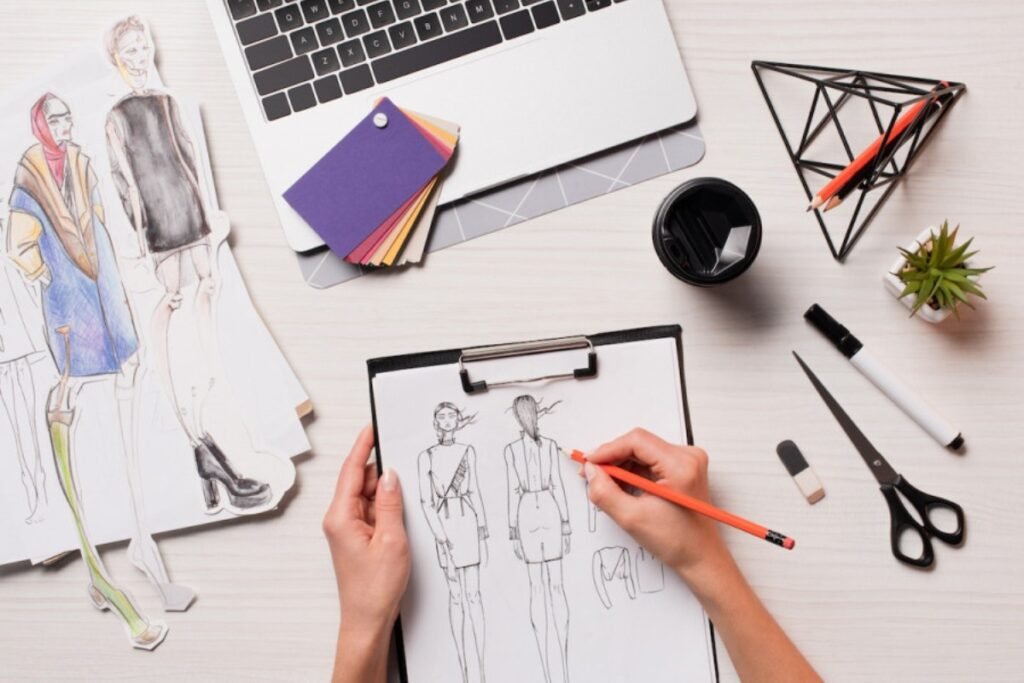
There are some companies that hire in-house fashion designers, but most fashion illustrators work on a freelance basis. Illustrators in Fashion Designing can be hired by a wide range of businesses and individuals, such as:
- The fashion designer
- Developers and manufacturers of sewing patterns for the home
- A magazine
- The authors
- Creative directors
- Organisers of events
- Public relations professionals
A portfolio of your work can demonstrate your skills and unique style to potential employers, which can help you find freelance jobs. To help you find a job, consider the following resources:
- Build your brand and share your work on social media to stand out in the competitive fashion illustration industry.
- Network by attending fashion events and connecting with industry professionals to create genuine relationships and collaboration opportunities.
- Seek mentorship from renowned fashion illustrators and study their work to enhance your craft and business acumen.
- Consider working with agents who align with your style to help identify clients and opportunities in the industry.



